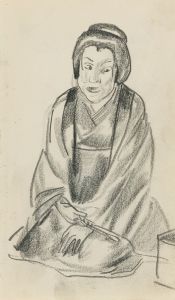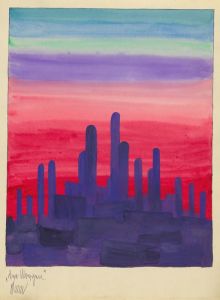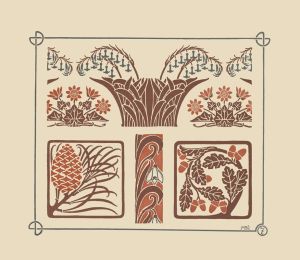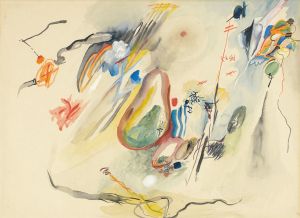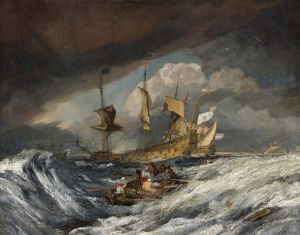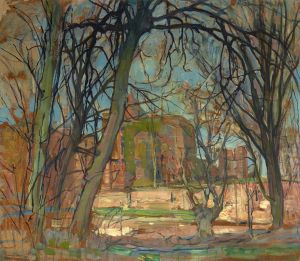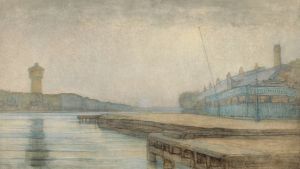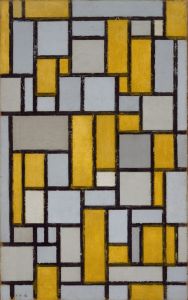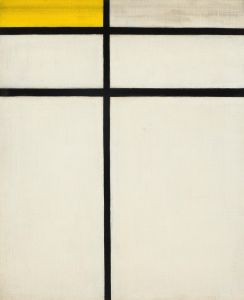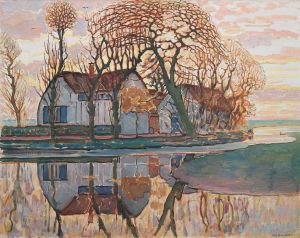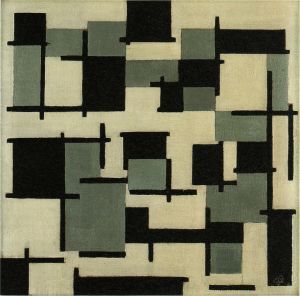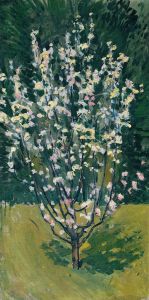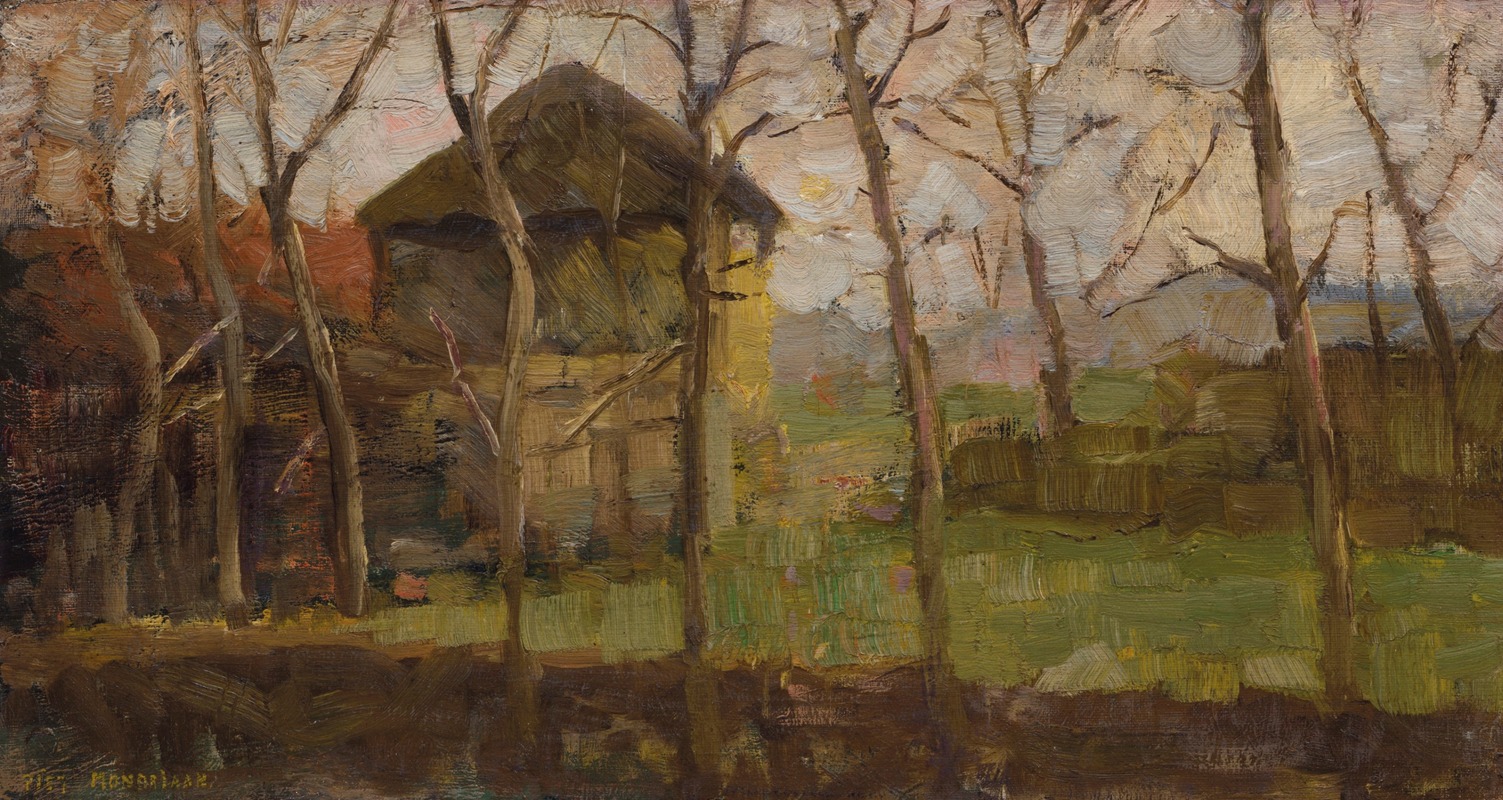
Op de Ringdijk, Watergraafsmeer
A hand-painted replica of Piet Mondrian’s masterpiece Op de Ringdijk, Watergraafsmeer, meticulously crafted by professional artists to capture the true essence of the original. Each piece is created with museum-quality canvas and rare mineral pigments, carefully painted by experienced artists with delicate brushstrokes and rich, layered colors to perfectly recreate the texture of the original artwork. Unlike machine-printed reproductions, this hand-painted version brings the painting to life, infused with the artist’s emotions and skill in every stroke. Whether for personal collection or home decoration, it instantly elevates the artistic atmosphere of any space.
Piet Mondrian, a pivotal figure in the development of modern abstract art, is renowned for his contributions to the De Stijl movement and his distinctive style characterized by geometric forms and primary colors. However, before Mondrian fully embraced abstraction, his early works were deeply rooted in the natural world, reflecting the landscapes and environments around him. One such work from this period is "Op de Ringdijk, Watergraafsmeer."
"Op de Ringdijk, Watergraafsmeer" is a painting that captures a scene from the Watergraafsmeer area, a polder in Amsterdam, Netherlands. This region, known for its flat landscapes and dikes, provided a rich source of inspiration for Mondrian during his early career. The painting is part of Mondrian's exploration of the Dutch landscape, which he depicted with a keen eye for detail and a subtle use of color.
In this work, Mondrian employs a naturalistic style, which is characteristic of his early period before he transitioned to the abstract style for which he is best known. The painting likely features elements typical of the Dutch landscape, such as expansive skies, water, and the interplay of light and shadow. Mondrian's attention to the effects of light and atmosphere is evident, showcasing his ability to convey the serene and contemplative nature of the Dutch countryside.
During the time "Op de Ringdijk, Watergraafsmeer" was created, Mondrian was influenced by the Hague School, a group of artists known for their realistic depictions of the Dutch landscape. This influence is reflected in Mondrian's use of color and composition, which aim to capture the essence of the natural environment rather than its precise details. The painting demonstrates Mondrian's skill in balancing realism with a burgeoning interest in abstraction, as he simplifies forms and experiments with color to evoke mood and emotion.
Mondrian's work from this period is significant as it marks the transition from his early naturalistic style to the abstract compositions that would later define his career. "Op de Ringdijk, Watergraafsmeer" serves as an example of Mondrian's ability to observe and interpret the world around him, laying the groundwork for his later explorations in abstraction.
While specific details about the painting's current location or its exhibition history may not be widely documented, it remains an important piece in understanding Mondrian's artistic evolution. "Op de Ringdijk, Watergraafsmeer" provides insight into the early influences and stylistic developments that shaped Mondrian's journey as an artist, highlighting his deep connection to the Dutch landscape and his gradual shift towards abstraction.
Overall, "Op de Ringdijk, Watergraafsmeer" is a testament to Piet Mondrian's early artistic endeavors and his ability to capture the beauty and tranquility of the natural world, setting the stage for his later groundbreaking work in abstract art.





